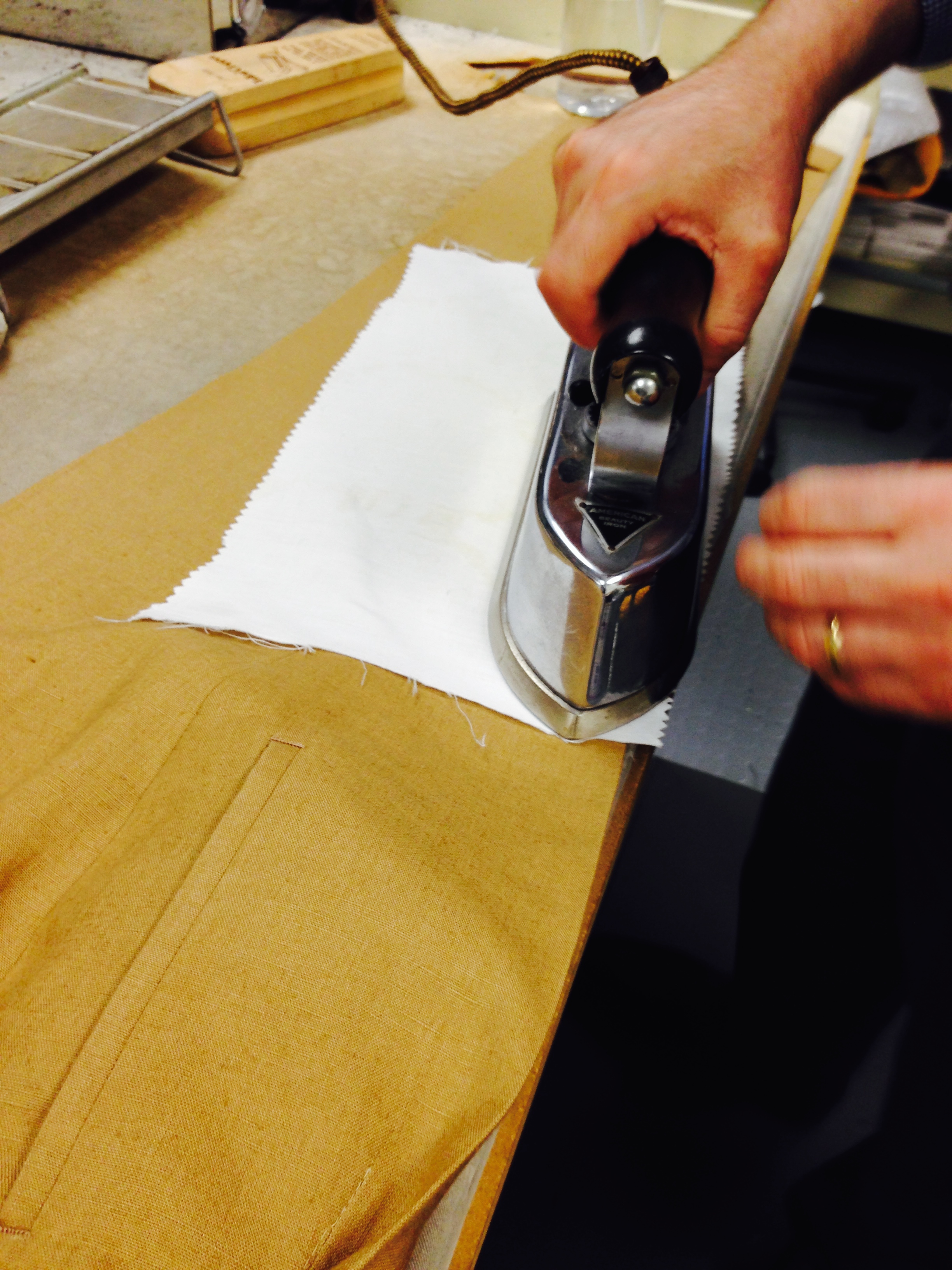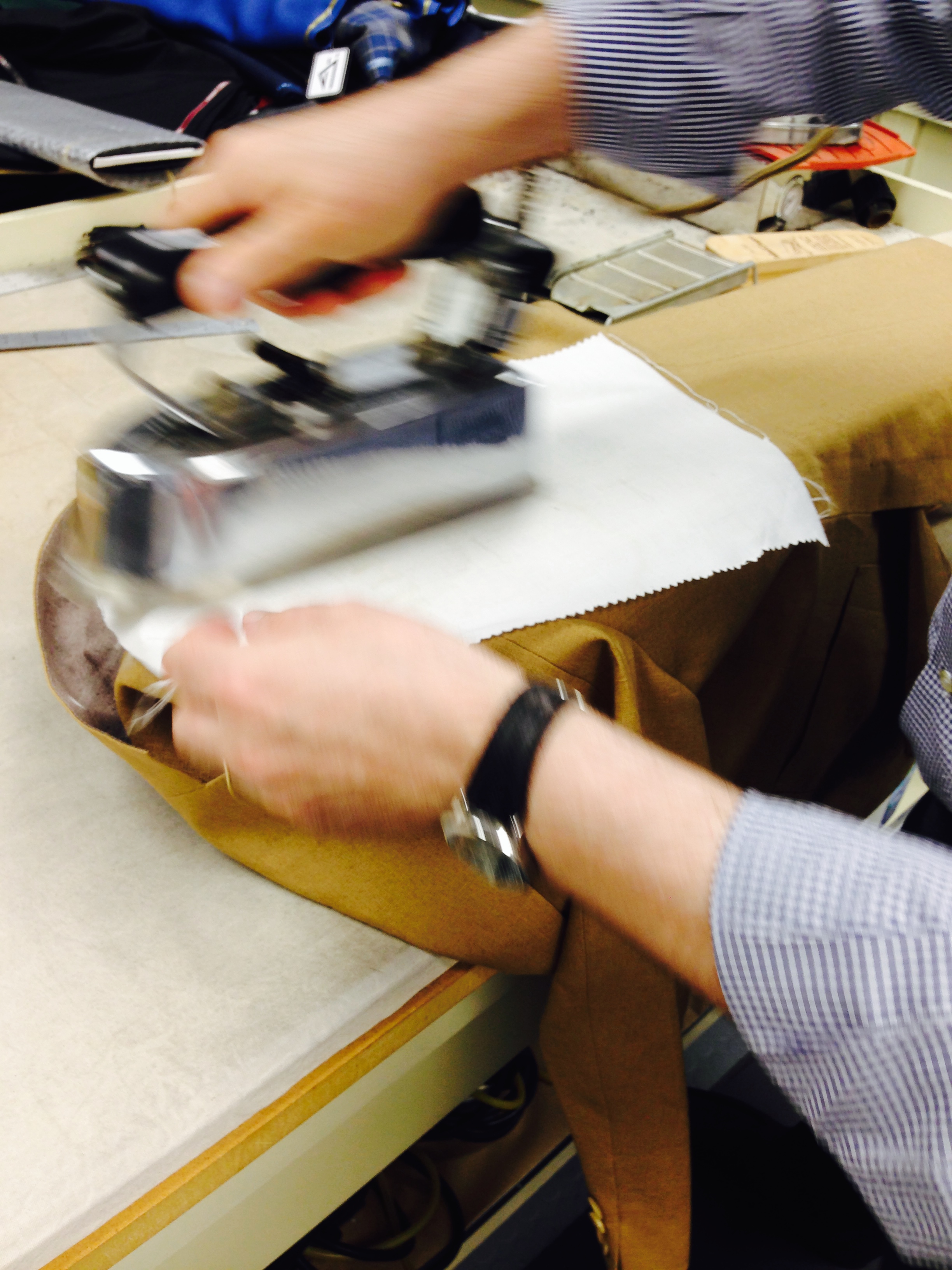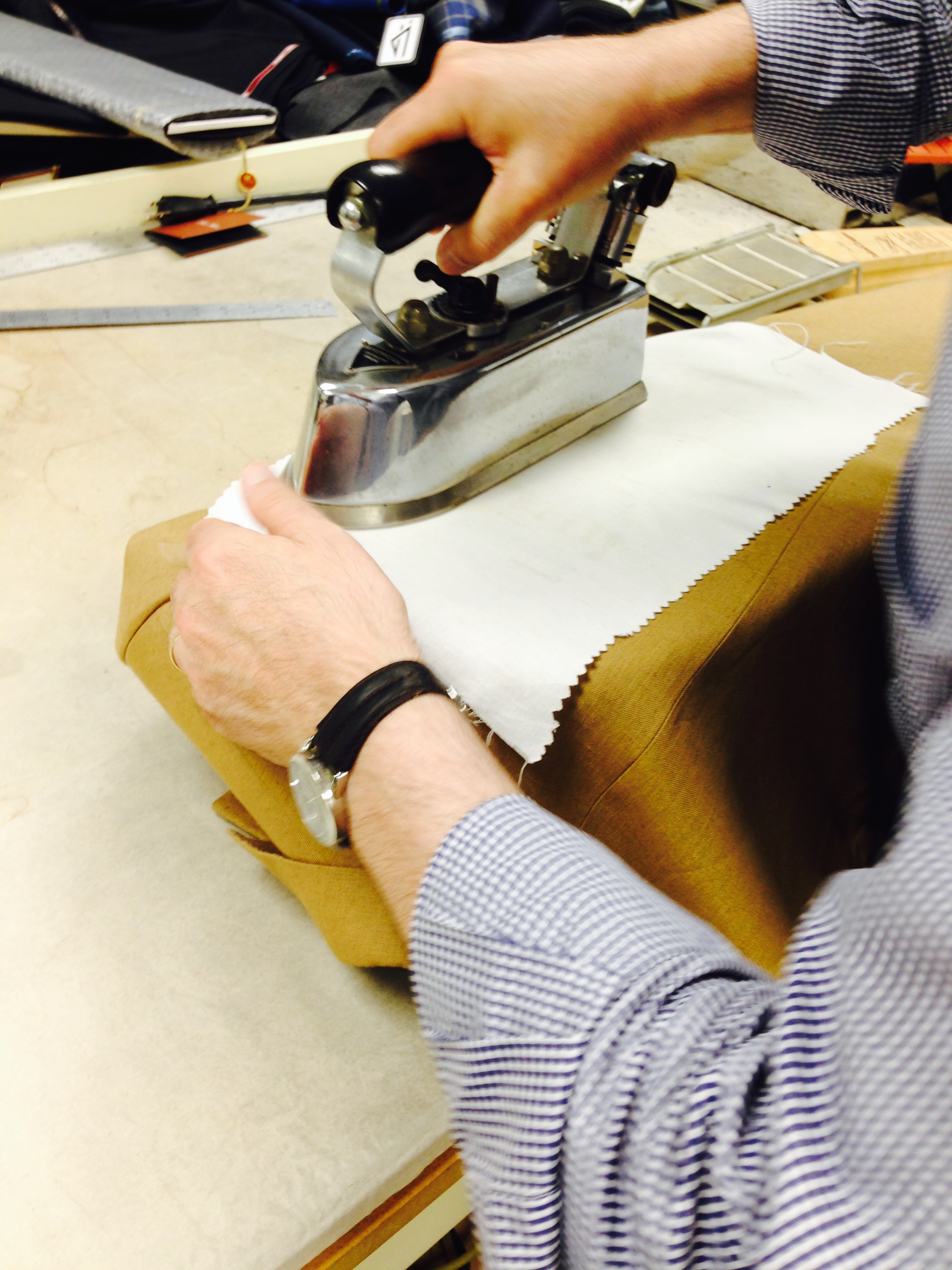Obscura
How refreshing it is to learn you know almost nothing! I most recently had this sensation at a small restaurant where the wine list was devoid of my preferred Burgundies and bubblies. What blinked back at me was, if not entirely foreign, unfamiliar enough that my finger reflexively ran itself beneath the names as I sounded them out. Mos-chi-fil-ero, my lips forming the syllables while the patient waiter hovered with his pencil. Ne-rell-o Mas-ca-les-e. Sure—a bottle of that one, please. It was terrific: a Sicilian varietal high in acid, low in tannin, but with a layered wildness that might, in more familiar wines, have been considered a flaw. This is precisely the problem with becoming too familiar with anything; at some stage the enjoyment is supplanted by a persistent desire to find fault. The unfamiliar, however, can act as a tonic, rejiggering expectations.
The bonus to lesser-known wines are the terrific names. We have all likely heard of Gewürztraminer, which makes highly aromatic white wines in Alsace and Germany, but what about Grüner Veltliner, (Austrian) Chasselas (Swiss), Grk (Croatian), Xinomavro (Greek), or, my personal favorite, Zweigelt. This Austrian grape is the product of hybridizing two other fairly obscure varietals (St. Laurant and Blaufränkisch) in 1922. Zweigelt makes wines of extraordinary finesse, at once balanced and firm while still managing a wily character. Smoked brisket on Royal Derby china, if you will. Incidentally, the name, pronounced TSVY-gelt, is taken from the brainy fellow who created it, which wasn’t his choice. Dr. Zweigelt wanted to name his new grape rotburger.
Strangely, a similarly jarring sensation emerges when confronted with an obscure clothing material. Cloth enthusiasts know this well. I have often been lulled into thinking I understand cloth, at least from a consumer’s perspective, simply because I recognize the great divide between smooth worsteds and fuzzy woolens and have a working knowledge of twill versus plain weave. And then I behold some rare specimen—perhaps a sixteen ounce high-twist hopsack or ethereal jacketing that, impossibly, still has nap—which unhinges entirely whatever junior-league expertise I thought I had. Tweed can be especially enlightening: I like fourteen ounce cheviot for general wear, but interest in heavier tweeds has recently exposed me to keeper’s tweed almost twice that weight. And what about the luxury sector; cashmere is old-hat compared to vicuña, yak and cervelt (cloth woven from the downy undercoats of New Zealand Red Deer).
Neither is the seemingly pedestrian button immune from delivering a humbling blow. With the exception of a set of antiqued silver ones sewn on a blazer, my buttons are horn. I always assumed these handsome articles were the last word in fastening elegance. But all it takes is a curious perusal through a tailor’s back room, as I recently did with Chris Despos. There I spied buttons of corozo nut, coconut shell, and mother-of-pearl—both natural and smoked—any of which would be ideal for a summer-weight navy jacket. The most shocking of all, however, were leather buttons. Despos’ were far from the chunky leather-wrapped domes intended to complement rustic outerwear of heavy tweed though. Instead, these are slim four-hole buttons that, upon closer inspection, are clad in neatly pressed layers of leather. The effect is simultaneously refined and untamed.
But are rare cloths and difficult-to-pronounce varietals important beyond their novelty? Does the jacket with understated leather buttons and a glass of Zweigelt share more than a certain insider appeal? I suggested earlier that the unusual and rare can have the tonic effect of resetting the senses, but I wonder if a deeper agency is at work. For every appealing new wine, for every interesting fiber or button, a dozen others fall short of expectations, and even those that do appeal can have limited shelf-life. In this sense, indulging the obscure is sometimes refreshing, but far more often, merely confirmation of a preference.










































